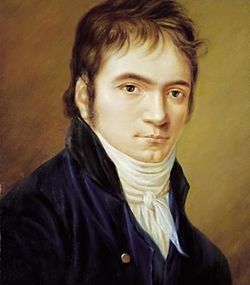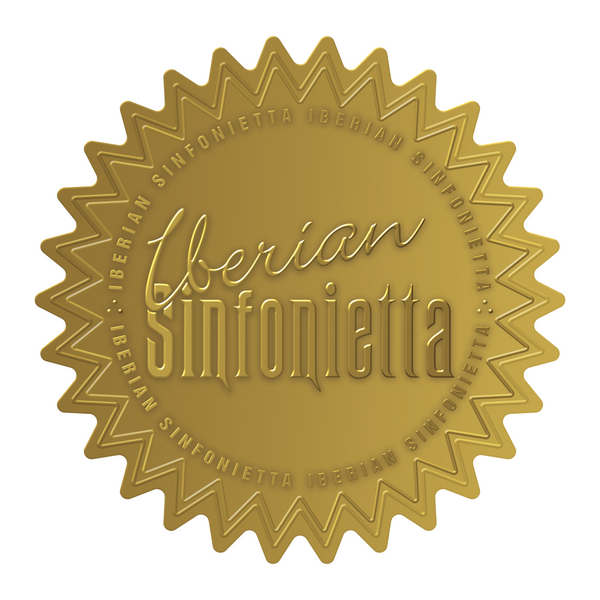
THREE STYLES, NEXT PROGRAM IN THE IBERIAN SINFONIETTA SEASON
Dear audience:
Soon we will have the next appointment with Iberian Sinfonietta , it will be on Saturday, November 26 at the Palacio de la Paz , in Fuengirola, starting at 7:00 p.m.
A few days ago we dedicated a few words and an entry in this blog to our Concertmaster, Enrique Tudela , within the recently created Getting to Know Iberian Sinfonietta section. Today, we will focus on the Concert.
The November concert is titled Three Styles and is summed up in three words, Beethoven , Dvorak and Wagner . They are, as you know, three proper names of three romantics who share an era, Romanticism, but with great differences between them, that is, three styles. Of course, all of them are great. The concert will take place in reverse chronological order, starting with Wagner and ending with Beethoven, starting from the idea of the template to be used. Today, in this game that we are describing of “opposites” or at least “complementary”, and to continue with this logic, we will begin with the work of Beethoven.


From Beethoven, we will listen to his First Symphony . A work that takes us to a very important historical moment, since the history of our Western music was going to take a turn around one of the genres most loved by the public, the Symphony. Beethoven, at the age of 22, moved to Vienna. There he received classes from Haydn and quickly made a name for himself, composing all types of musical genres, except Symphonies. We understand that living in the same city as the true Master of his time and of the Symphony in particular, Haydn, would be intimidating. It will take, as we say, a few years but he reaches 30 and presents his first Symphony. And there the classic world ends and the new style begins. To begin with, there will never be a return to the numbers of Symphonies by composer like Haydn with more than 100 or Mozart's more than 40. With Beethoven, musicians understand that the number must be small and with a charge of depth and advancement in the style of the important composer. In that first Symphony, Beethoven already shows that he arrives with a discourse specific to the genre, it begins with the dominant and the harmonic sequences are constant, the importance of the winds was a real novelty at the time and he suppresses the typical Menuetto of the third movement for a Scherzo .
These are just a few strokes of everything he introduced in his first Symphony. In fact, the premiere of this symphony was a very important concert for the time and the city, since the Emperor Francis II himself attended, who left a symptomatic evaluation at the end of the concert and, when asked about Beethoven's premiere, the chronicles narrate that He said “there is something revolutionary in this work by Beethoven”…you know, next Saturday, November 26, not to miss it.
Jorge Rodríguez Morata
Pedagogical content coordinator
